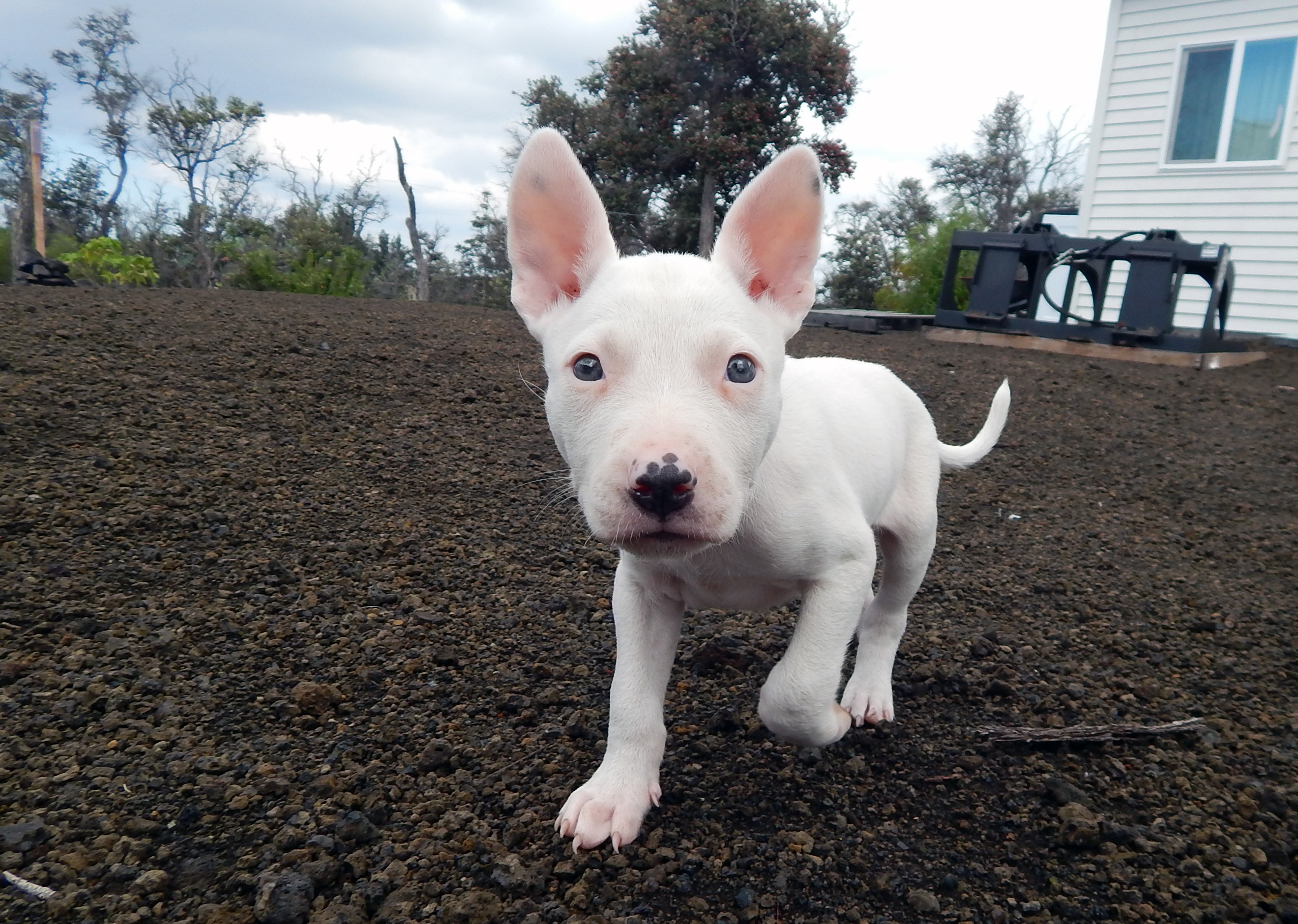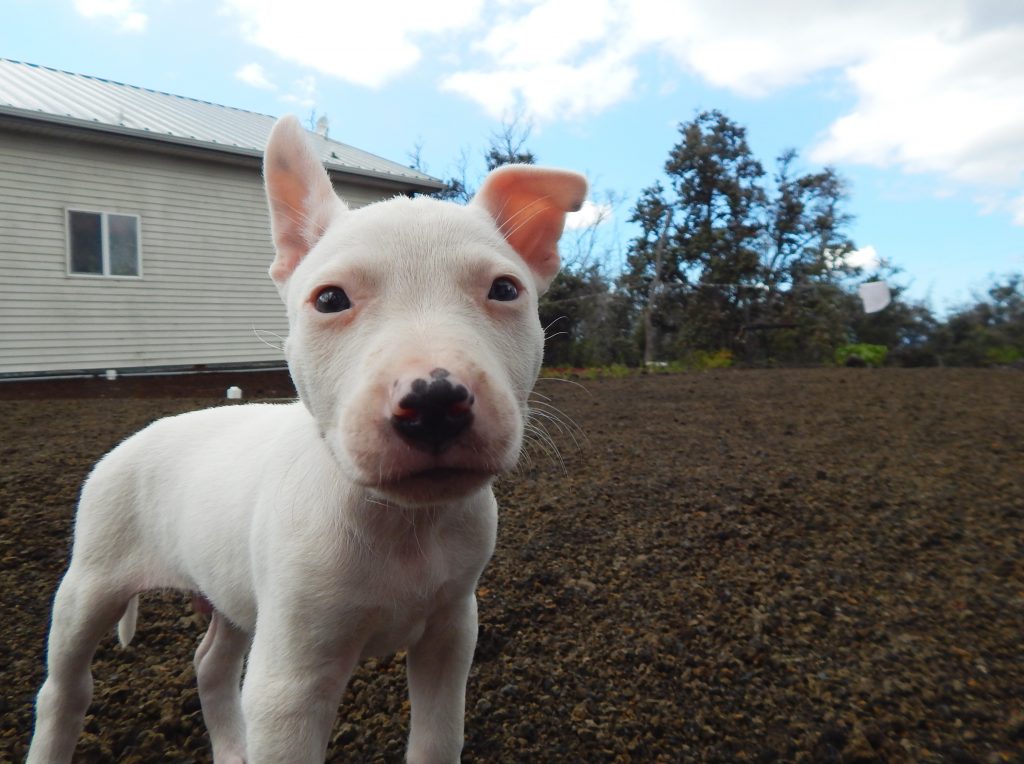Guest Post by Mary Jo Meloy
My husband and I have been blessed with dogs our entire married life. We have always had two dogs at a time as companions to one another. We lost our last canine couple, a chocolate Lab and Boxer mix, the same weekend—one from cancer and the other from hip dysplasia. Since we are now in our early 70s, we decided against having any more companion animals. We grieved for a couple of years without dogs when our daughter suggested another dog was needed for our “protection.” Elderly safekeeping? Research studies show that living with a dog positively impacts one’s physical and emotional health, especially by improving the health and happiness of older individuals.
In July we rescued two pups from the Chuck Silcox Animal Care & Adoption Center in Fort Worth, Texas. They are both very good with people and other dogs, but both were dealing with parasites so could not be put into a social setting or sent to training. Phineas was 7 pounds when adopted—pathetic and petrified, skin and bones, broken and bow-legged from malnutrition. Ferb was an athletic, muscular, stunning fawn Boxer when relinquished to the shelter.
Boxers tend to be highly energetic, playful, and upbeat and consume all your energy—and 70-year-olds do not have a lot of spare energy to be consumed. We are seasoned animal guardians but have not had puppies for 15 years, so a serene existence suddenly felt totally out of control with the thought, What were we thinking?!
Having furry friends, especially two together, completely changes the retirement routine. Canine chaos and craziness become part of what was once a sedentary life. House cleaning is a daily duty now, as is scrubbing the backyard storm glass door from dog slobber. As we scoured the outside exterior of the glass with paper towels and Windex, Ferb was on the inside, imitating the wiping movements with his tongue. We realized that we adopted a giant tongue saliva machine with a dog head attached.
The mighty mischief-makers proved to be a destructive dynamo duo, destroying and devouring anything that had pooch appeal. There were dozens of toys and chewies, but Phineas went for furniture and carpeting; Ferb, everything else. Phineas—besides gnawing on his bestie bud, Gentle Ferb the Boxer (who already looked like a boxing prize fighter who’d lost in the ring, with his mangled ears and scabbed and scarred face)—also enjoyed chomping playfully on his guardians. Our new best friend became liquid skin.
Phineas and Ferb require plenty of playtime, exercise, and attention. The pups played non-stop and, while wrangling and wrestling, broke a glass door to our antique bookcase. The bottom shelf of literary works became exposed to literary consumption—literally! The dogs found several of our printed works to be in good taste.
Since they consume books, possessions, time, and energy, we contracted a personal trainer who came to our home. After instructing us not to use treats for motivation, she decided to get the dogs’ full attention with treats. She instantly had their complete attention, and the twosome sat perfectly still at her feet like garden statues. While the handler explained “stay” and “come” while waving her arms, the pair started to perform amazing animal auditions. They offered right paws in unison—then, upon receiving no food reward, concurrently extended left paws, then lay down, and finally rolled over. The trainer was oblivious to the players’ performance of their entire repertoire of tricks. When the trainer’s barking instructions concluded along with her stretching and swinging arms, both dogs simultaneously stood on their hind legs and twirled—as their finale. If it wasn’t for the exorbitant expense, the ludicrous training session would have served as comic relief. Learning—nor mastering mutt manners—was not one of the things the hounds ingested!
A new experience was having to search to find the robot vacuum. The vacuum now works 100 times as hard; what once was an easy, peasy job now involves swallowing dog hairs and choking on bits of dog food. I clean up on vacuum nights, fold up their cooling mat, put away all the dog toys, and sweep up the dog food, but the robot vacuum still tries to hide and commit suicide. Some nights I’m too tired to pick up everything, so I give the robot a night off and send it back to its dock. Now, the vacuum automatically gives itself nights off. It hates vacuuming our doggie daycare center, as our home has become the House of Kibbles.
The Texas triple-digit temps led us to bribing the pups to go outside. The heat did not help with the housebreaking training. Ferb shattered a 5-foot-tall mirror, so that’s 7 years of back luck. (We’re assuming that it will now take another 7 years to housebreak them.) We have been drenching and dousing baseboards and furniture legs in white vinegar to keep Phinn from chewing them. The term “piss and vinegar” must refer to the smell of the House of Kibbles.
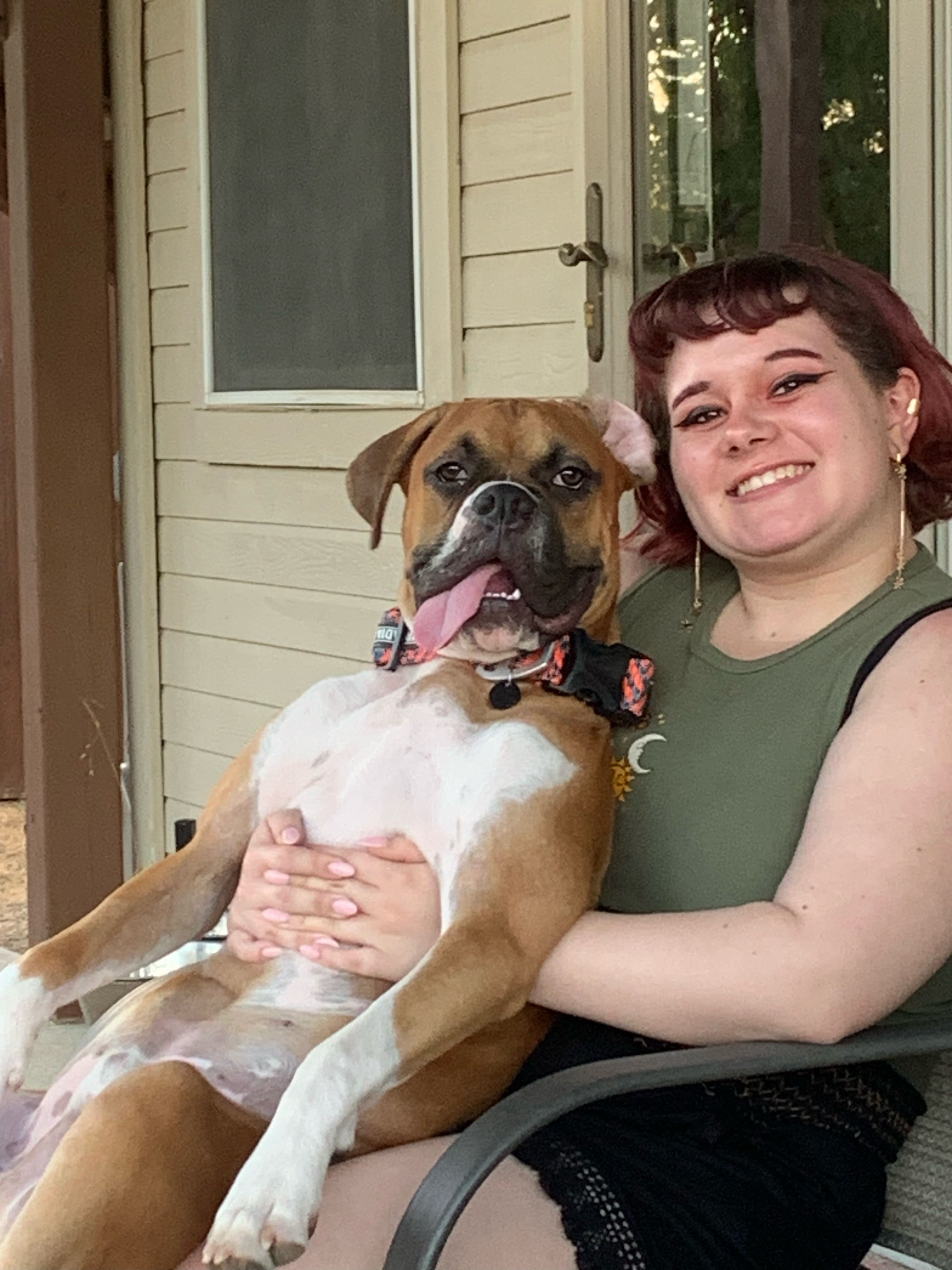
We are adjusting, and the pups get mandatory naps now, as do we. Phineas has become a handsome little fat boy, while Ferb becomes a bigger goofy goober by the day. He makes us laugh with his comical antics and silly stunts. As Ferb runs, he is so smooth and graceful—until he runs right smack into the patio post. Then he stands on the backyard stone wall like the magnificent lion king surveying his land—he looks so regal, except that his ears are inside out. The partner pair are valuable members of the family, who bring both madness and mayhem into our home, but also joy and entertainment. Having dogs, with their devoted companionship, may be one of the greatest gifts that enriches our lives with love and laughter.
Dogs provide security, unconditional love, and forever affection. The question of “What were we thinking?” when rescuing these pups often comes to mind, especially when cleaning up pooch piss, poo, and puke. The answer is that life is too short not to embrace man’s best friends. Furry friends create a human-animal bond of the utmost importance. Both of our sweet-natured softies are loving and loyal. Cuddling clownish Ferb with his big brown eyes and wrinkled forehead and petting pretty boy Phinn are soothing to the heart and almost as good for the soul as prayer. Happiness cannot be bought, but possibly it can be rescued.
Mary Jo Meloy, a dog lover, is married with three children and a granddaughter. She has resided in various parts of the country, but after relocating to Texas, she traveled thousands of miles with her husband via motorcycle. “Been there, done that—on a bike!” A number of her joy ride tours have been published in Wing World Magazine. She also wrote “Mother of My Heart,” published in Memories of Mothers: Inspiring Real-Life Stories of How Mothers Touch Our Lives. Her self-published book, Somewhere in France, A Rendezvous with Your Own Thoughts, is a richly detailed commentary on the Second World War via a compilation of her father’s letters.

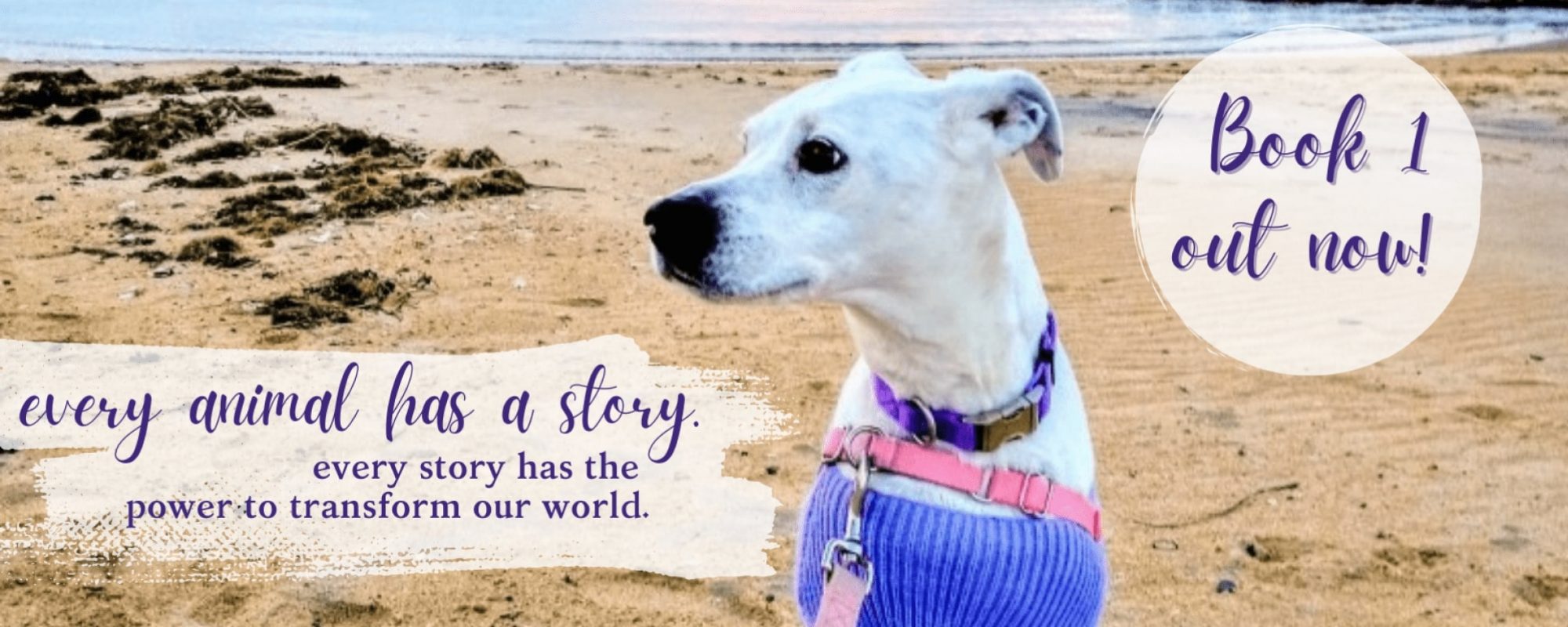
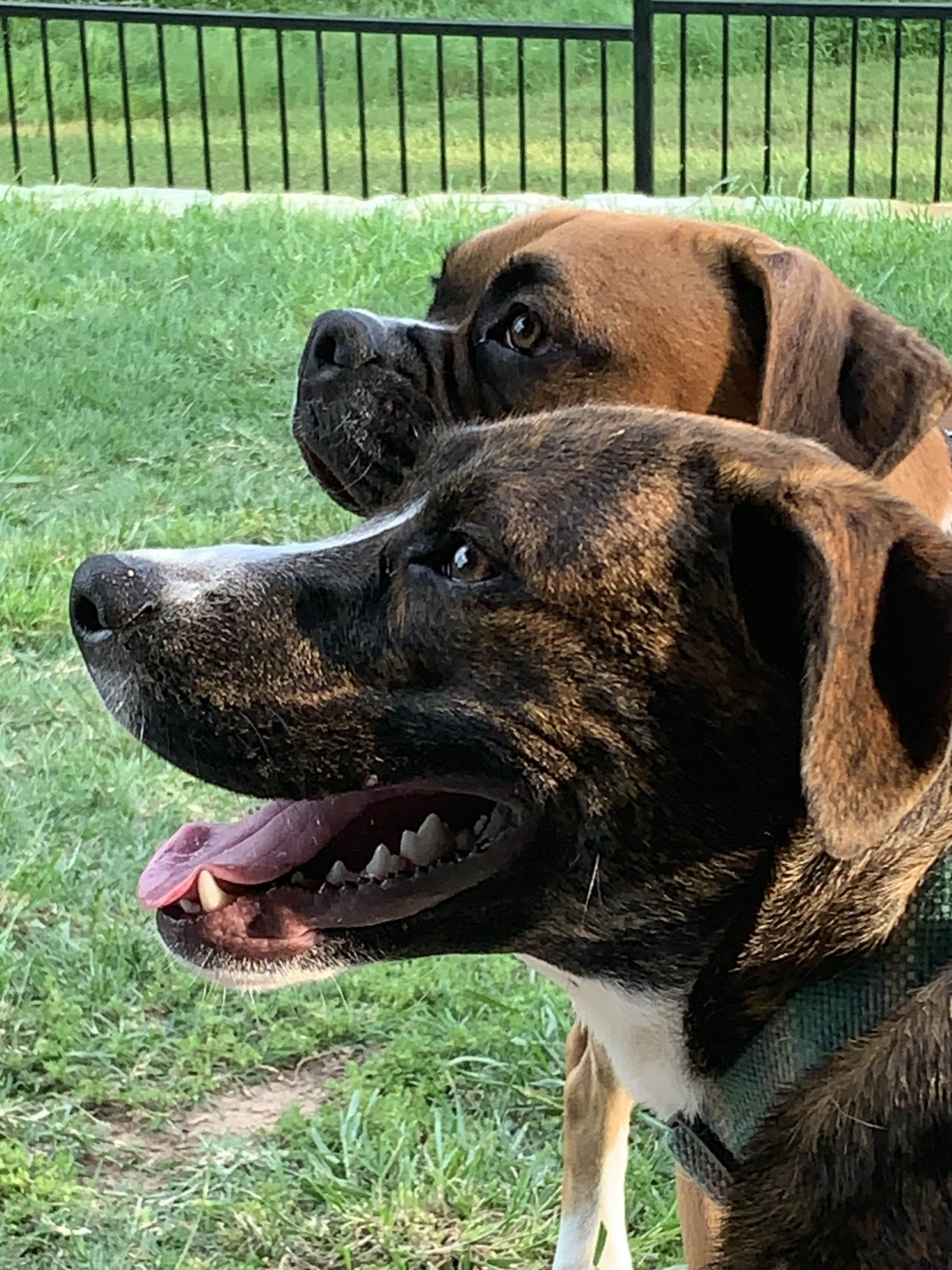




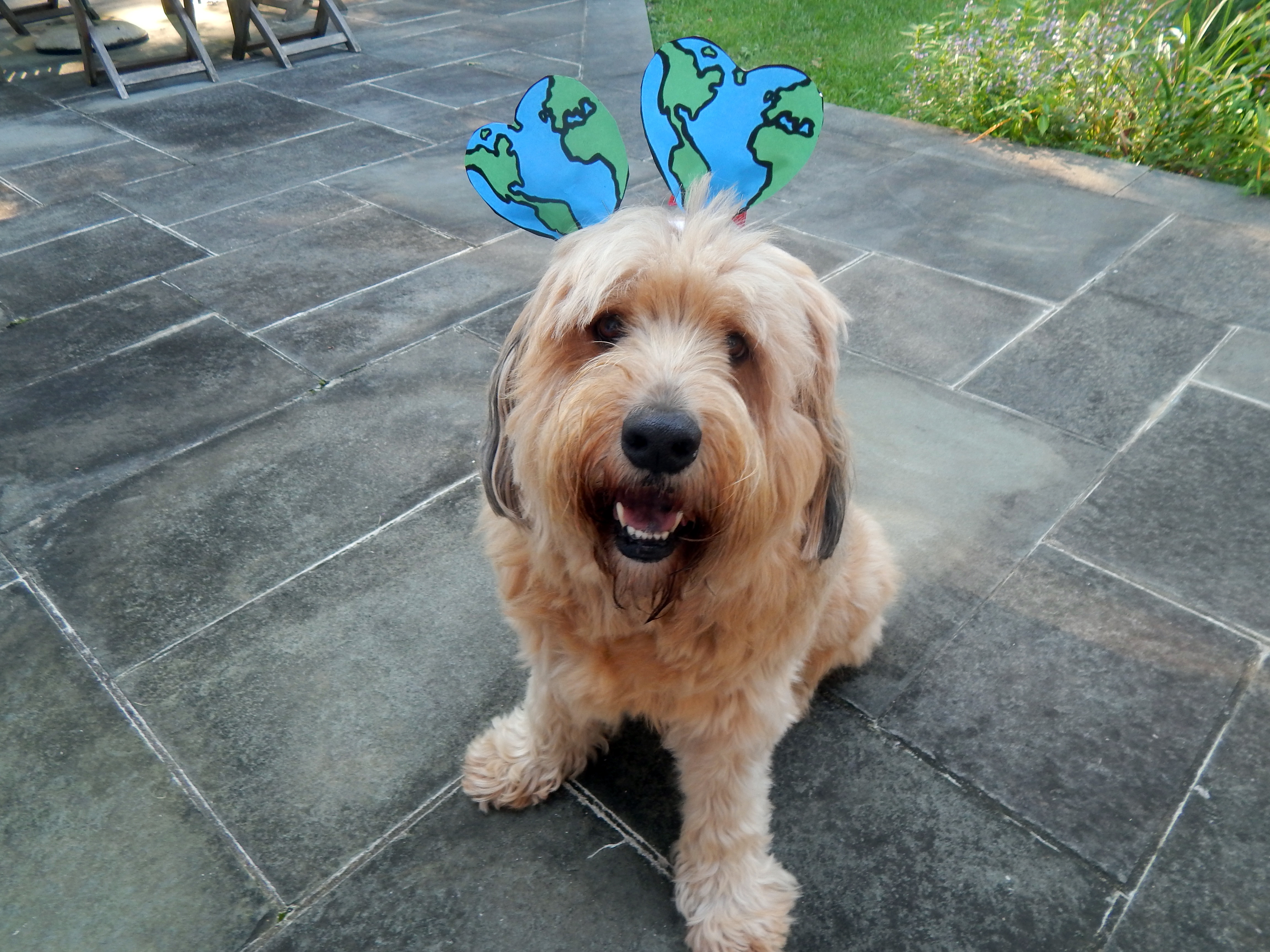
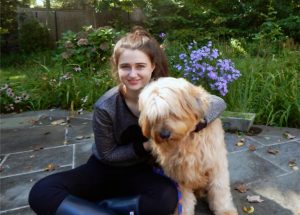
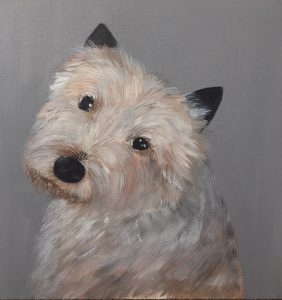 Annie thus founded
Annie thus founded 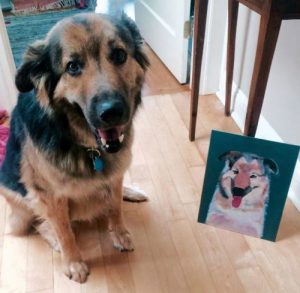 Annie has now set her sights even higher, hoping that other states will follow suit.
Annie has now set her sights even higher, hoping that other states will follow suit.